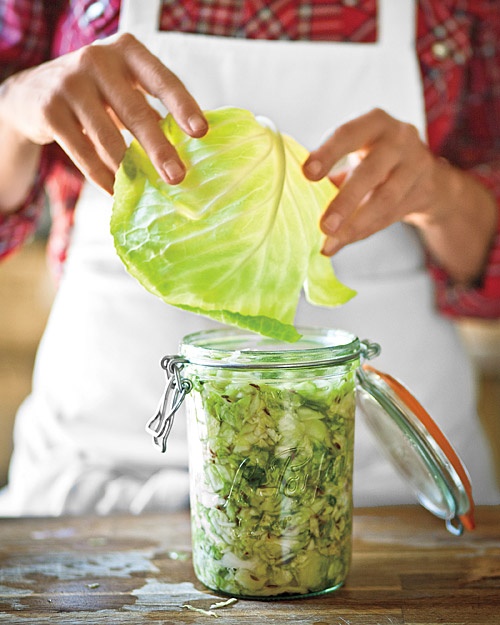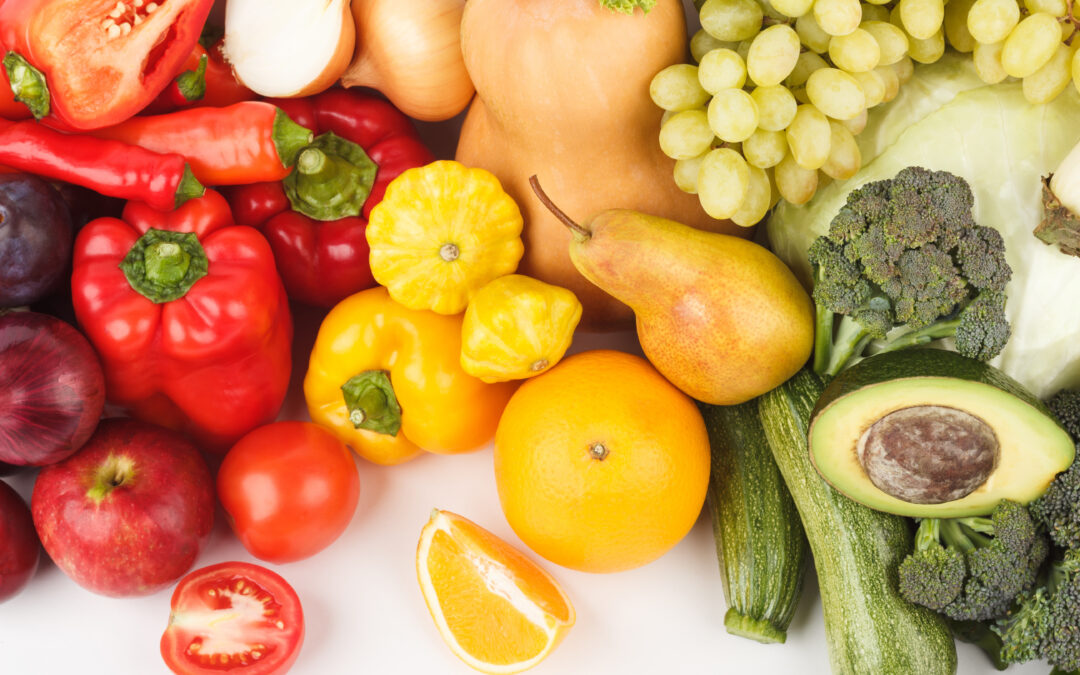I was happy to read a great article that was circulating online last week, discussing the superior content of ‘good bacteria’ in my favourite probiotic-rich fermented food, sauerkraut.
It has become increasingly clear that the bacterial environment in our digestive tract is fundamental to our health. It’s estimated that an adult has between 2 and 5 pounds of microbial cells distributed between our gut, skin, respiratory tract and urinary tract, with the lion’s share of these microbes being in the gut.
Think about this; there are roughly 10 times more microbial cells in our body, than there are human cells. There are significantly more of them than there are of us, and together we are a complex, tightly interconnected and interdependent ecosystem – a microbe-human kibbutz if you will.
So dependant are we on this colony, that restoring and maintaining a healthy balance of intestinal bacteria is a critical part of transforming and maintaining our own health. And while the old adage tells us “you are what you eat”, when it comes to our flora, they are also what we eat.
Fermented foods have become something of a lost art, as we move away from traditional methods of food preparation, but they are probably one of the very easiest ways to influence the make-up of the microbial population, and keep it happy and healthy. If you have never fermented before, it’s surprisingly easy and very satisfying. It’s possible to ferment a wide range of foods, quickly, easily and with little more kitchen equipment than a knife, a bowl, some good quality salt and a clean jar.
This recipe is one of my favourites. It’s easy to make, and can be varied to suite taste, season or whim.
You will need:
- 1 whole cabbage – green, red, white, napa or any other that you fancy.
- 2 inches of ginger root, peeled and sliced into coins.
- 2 tablespoons of salt (I use Himalayan pink salt)
- Large bowl
- Sharp knife or food processor
- Wide mouth glass jar, about 750ml capacity
- A clean glass that fits in the mouth of the jar
Instructions
Wash the cabbage and remove the outer leaves. Cut the cabbage into strips as large or small as you like, or shred in the food processor. Place into the bowl with the ginger slices and sprinkle with the salt.
With clean hands, give the salted cabbage a good massage until the leaves are limp but still crispy and a good amount of water has been released into the bowl. Depending on the cabbage, this may take just a few minutes or up to half an hour.
Pack all the cabbage, ginger and ‘juice’ into the jar and press it down very firmly. You may use your hands, or a kitchen instrument to help you with this. I sometimes use the end of my rolling pin, for example.
It is very important that all of the vegetable is below the liquid, as this is where fermentation takes place. If the cabbage didn’t produce enough for this to happen, then top up the jar with some salted filtered water.
To make sure that the cabbage stays below the liquid line, pop a shot glass or other drinking glass (whatever fits into the mouth of the jar) about half filled with water on top. You may also like to place one of the discarded outer leaves on top of the shredded cabbage and under the glass, to keep all the small pieces in line and prevent little floating bits, as these will promote mould growth.
Store the jar out of direct sunlight, without the lid. You may cover the lid of the jar with a little muslin or cheesecloth and a rubber band, but air needs to be able to circulate in.
Fermentation will take 1-4 weeks, as a general rule, depending on the temperature of the room. Taste-test it from about a week and when it is fermented to your liking, put the lid on the jar and store it in the fridge.
Recipe Variations:
- Mix other vegetables, such as shredded carrot or sliced radish to the cabbage.
- For a different flavour, grate some pear or apple into the mix.
- For those who can’t tolerate cabbage, grate 500g of carrots and use instead. The carrot and ginger mix is pretty special. You will likely need more brine for this, as carrots release less water than cabbage.
- I love the flavour of adding a few peeled cloves of garlic in too, but garlic has some antimicrobial properties, so fermentation will take longer and may have less bacteria present in the final product.
Let me know how you go with this recipe, and please add any fun recipe variations to the comments here so we can all enjoy them too! Happy fermenting.






